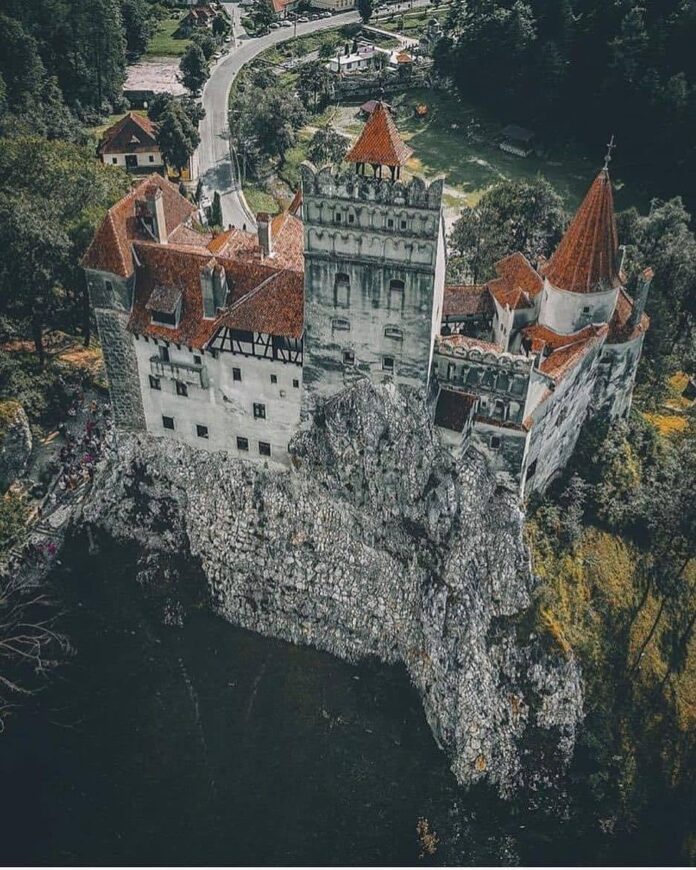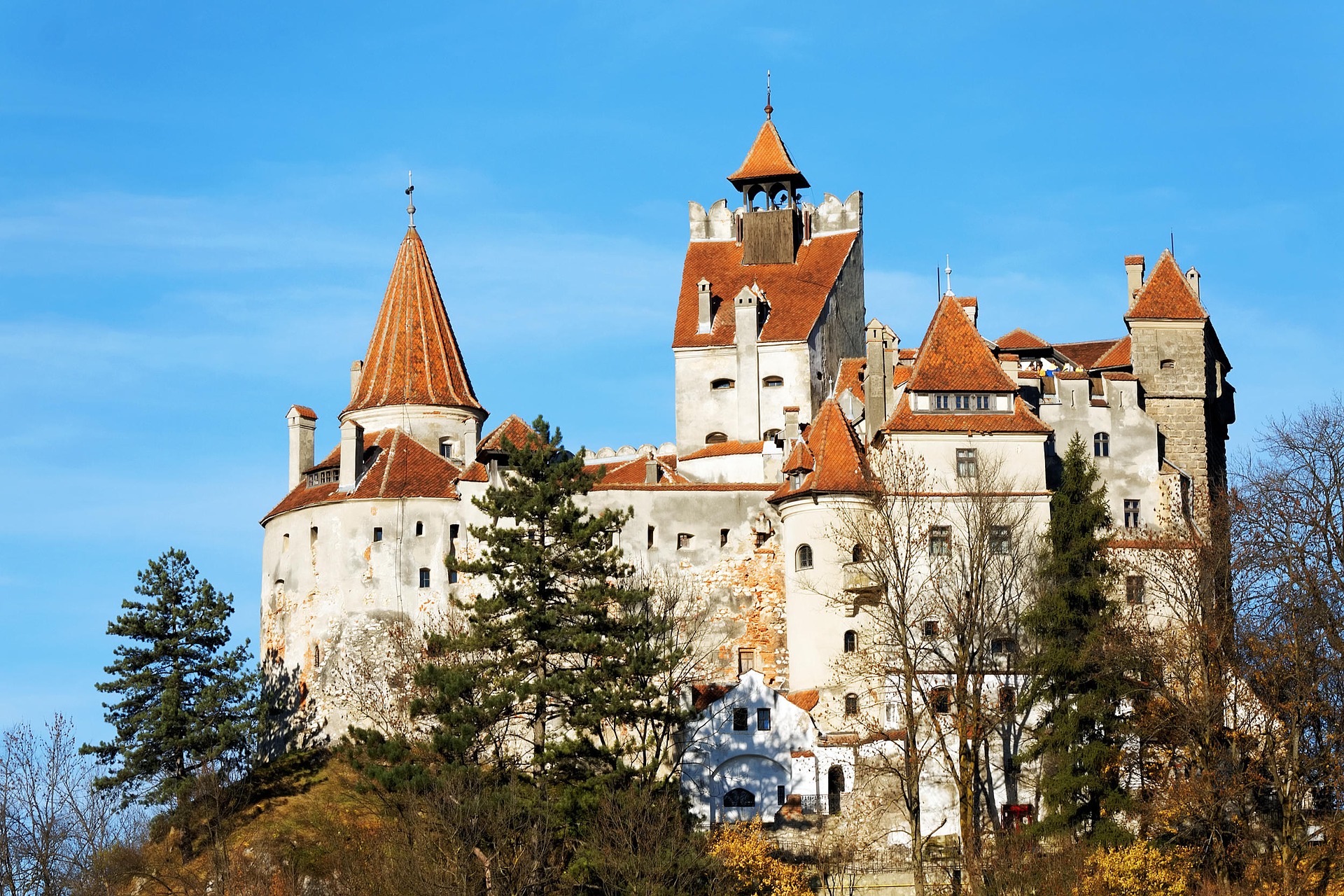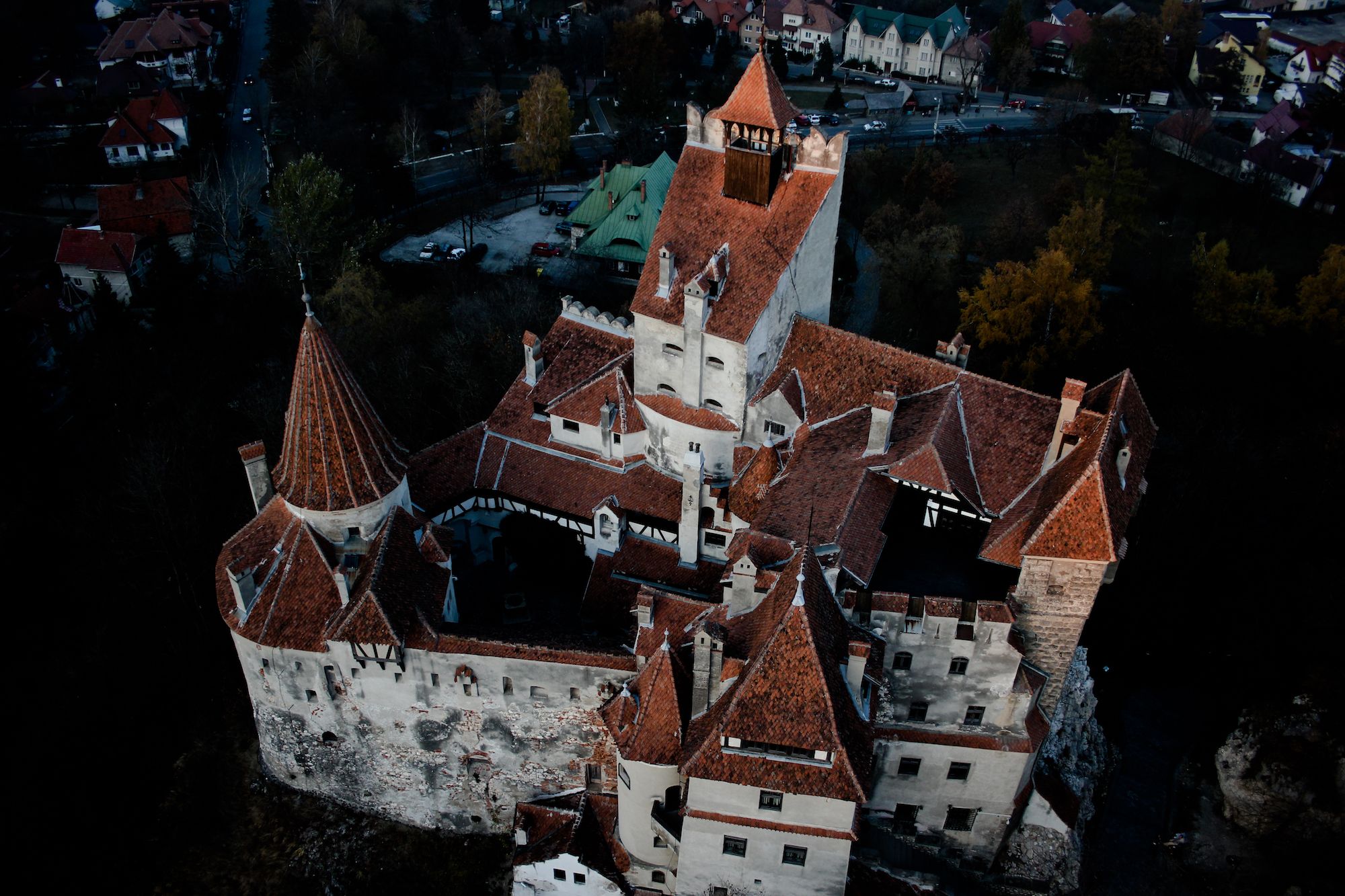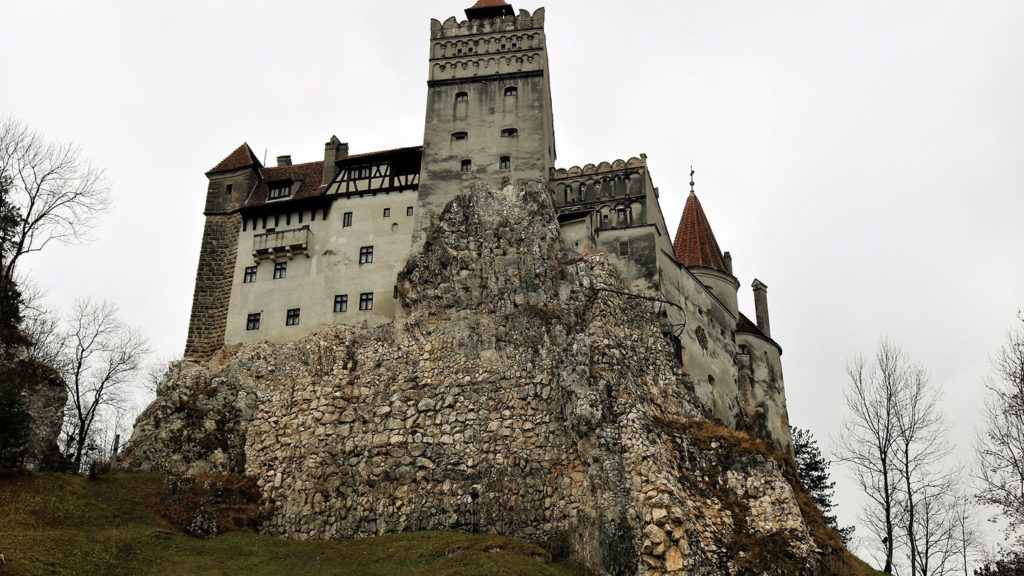Bran Castle: Exploring the Historical and Mythical Legacy of Dracula’s Castle

Bran Castle, often shrouded in a veil of myth and legend, stands as a captivating historical landmark in Transylvania. Situated in Bran, approximately 25 kilometers southwest of Brașov, this fortress has been a symbol of intrigue and historical significance. While popularly known as “Dracula’s Castle,” its connections to Bram Stoker’s famous vampire tale are more myth than fact. This article explores the true history of Bran Castle, its role in regional politics, and its transformation into a cultural and tourist attraction.
The Origins of Bran Castle

In 1212, the Teutonic Order constructed the wooden castle of Dietrichstein in the Burzenland region, strategically positioned at a mountain pass long used by traders. This early fortification was named after Commander Dietrich of the Teutonic Order, who is believed to have overseen its construction. However, the castle was destroyed by the Mongols in 1242, marking the end of its short-lived existence.
The Stone Fortress and Saxon Influence

The first official mention of Bran Castle dates back to November 19, 1377, when King Louis I of Hungary granted the Saxons of Kronstadt (modern-day Brașov) the privilege to build a stone castle. Funded by the Saxons themselves, this fortress was constructed as a defensive structure to protect German colonists in Transylvania. The castle played a crucial role in defending against the Ottoman Empire and later served as a customs post between Transylvania and Wallachia.
The Castle’s Role Through the Centuries

Throughout the 15th and 16th centuries, Bran Castle was a strategic military site. In 1530, Moise of Wallachia attempted to capture the castle, but Székely soldiers successfully defended it, forcing Moise’s army to retreat. The fortress continued to hold military importance until the mid-18th century.
Royal Residence and Later Developments

Following the Treaty of Trianon in 1920, which ceded Transylvania to Romania, the castle was acquired by the Romanian royal family. Queen Marie of Romania undertook significant renovations, transforming the castle into a royal residence and retreat. During World War II, it was used as a hospital by Princess Ileana, Marie’s daughter. The castle’s fate changed once again with the rise of the communist regime in 1948, leading to its expropriation.
Modern Era and Legal Controversies

In 2005, Romanian legislation allowed for the restitution of properties expropriated during the communist era. Bran Castle was returned to Archduke Dominic of Austria, a descendant of Princess Ileana, in 2006. Despite some legal challenges, including a parliamentary investigation and a Constitutional Court ruling, the castle was officially transferred to the Habsburg family in 2009. They reopened the castle as a private museum, collaborating with the local community to enhance its role in Romanian tourism.
The Myth of Dracula’s Castle
Although Bran Castle is often associated with Bram Stoker’s Dracula, there is no evidence that Stoker knew of this castle when writing his novel. The castle described in Stoker’s work bears no resemblance to Bran Castle, and the historical Vlad III Dracula, known as Vlad the Impaler, never resided there. The connection between Bran Castle and the Dracula legend is largely a product of tourism and popular culture.
Conclusion
Bran Castle’s allure lies not in its fictional associations but in its rich history and cultural significance. From its origins as a medieval fortress to its current role as a museum, the castle embodies the complex tapestry of Transylvanian history. While its connection to the Dracula legend may be exaggerated, the castle’s true historical narrative offers a fascinating glimpse into the past. Today, Bran Castle stands as a testament to the region’s heritage, attracting visitors eager to explore both its historical depths and the myths that surround it.
Video
News
The Hanging Temple: China’s 1,500-Year-Old Cliffside Marvel of Faith and Engineering
The Hanging Temple: China’s 1,500-Year-Old Cliffside Marvel of Faith and Engineering Perched precariously on the cliffs of Mount Heng in Shanxi Province, China, the Hanging Temple, also known as Xuankong Temple, Hengshan Hanging Temple, or Hanging Monastery, is an architectural…
The Willendorf Venus: A 30,000-Year-Old Masterpiece Reveals Astonishing Secrets
The Willendorf Venus: A 30,000-Year-Old Masterpiece Reveals Astonishing Secrets The “Willendorf Venus” stands as one of the most revered archaeological treasures from the Upper Paleolithic era. Discovered in 1908 by scientist Johann Veran near Willendorf, Austria, this small yet profound…
Unveiling the Maya: Hallucinogens and Rituals Beneath the Yucatán Ball Courts
Unveiling the Maya: Hallucinogens and Rituals Beneath the Yucatán Ball Courts New archaeological research has uncovered intriguing insights into the ritual practices of the ancient Maya civilization. The focus of this study is a ceremonial offering found beneath the sediment…
Uncovering the Oldest Agricultural Machine: The Threshing Sledge’s Neolithic Origins
Uncovering the Oldest Agricultural Machine: The Threshing Sledge’s Neolithic Origins The history of agricultural innovation is a fascinating journey that spans thousands of years, and one of the earliest known agricultural machines is the threshing sledge. Recently, a groundbreaking study…
Nara’s Ancient Sword: A 1,600-Year-Old Protector Against Evil Spirits
Nara’s Ancient Sword: A 1,600-Year-Old Protector Against Evil Spirits In a remarkable discovery that has captured the attention of archaeologists and historians alike, a 7.5-foot-long iron sword was unearthed from a 1,600-year-old burial mound in Nara, Japan. This oversized weapon,…
The Inflatable Plane, Dropped Behind the Lines for Downed Pilots
Experimental The Inflatable Plane, Dropped Behind the Lines for Downed Pilots The Inflatoplane from Goodyear was an unconventional aircraft developed by the Goodyear Aircraft Company, a branch of the renowned Goodyear Tire and Rubber Company, also famed for the Goodyear…
End of content
No more pages to load











